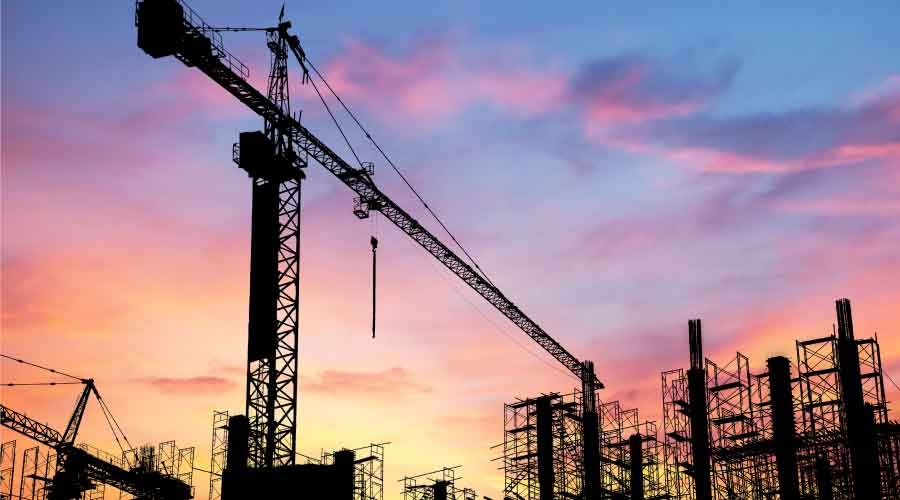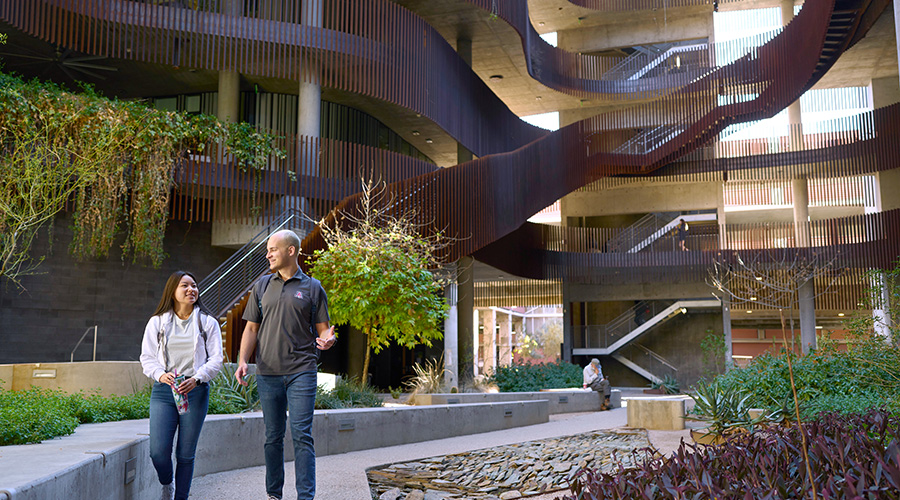$1 Trillion Infrastructure Law Driving Development in Facilities
Infusion of money for capital projects brings infrastructure to the forefront for priorities.
By Marc Gravely, Contributing Writer
Building owners and facility managers – both public and private – are understandably focused on a bucketload of immediate worries: sticky inflation and high interest rates, supply chain snags and a tight labor market, to name a few. With pressing concerns like these, it’s hard to take a step back and appreciate a wave of truly transformative opportunity on the horizon set to spur capital projects and create significant change in our built environment, our place in the global competitive landscape and the way we as individuals live and work.
One year since its passage, the Bipartisan Infrastructure Law is already driving development and innovation that will shape and impact generations to come. It’s a sprawling $1 trillion legislative package targeting what we broadly call “infrastructure.” But the scope and ambition of the plan really comes into sharp relief in the details, which include significant funding that spans industries with meaningful pledges to modernize transportation, energy delivery, high-speed internet access, supply chains, manufacturing, and clean energy, air and water.
Consider:
- The $110 billion pledged for improving roads and bridges is the most significant investment since the Eisenhower administration
- A historic $89.9 billion to improve public transit
- $25 billion on airports and ports
- $66 billion to modernize and expand rail, including high-speed rail – the largest in a half-century
- $240 billion to gird our infrastructure from climate change, extreme weather and cyber attacks
- A broad commitment to clean and renewable energy and clean water, including a 10-year extension of investment and production tax credits for renewable energy production and storage.
Rapid progress
These financial and public policy commitments place businesses and the entire U.S. economy on the cusp of a dramatic period of development. Infrastructure is not sexy and tends to move at a glacial pace. But if you look back through history, quality infrastructure defines the economy of civilizations. Already, thousands of projects made possible by the legislation are underway in thousands of communities. For example, Chicago O’Hare International Airport has broken ground on new passenger terminals as part of $25 billion pledged to improve airports and ports. Like most large capital projects, the airport overhaul promises to spin-off regional development and redevelopment far beyond its boundaries.
With a first-ever Made in America Office initiative to bring back manufacturing jobs, onshore supply chains and make the U.S. economy more competitive, investment will spur new and adapted manufacturing facilities of all types. It will encourage domestic production of technologies from batteries to heat pumps.
Importantly, the initiative includes a $225 million to upgrade construction standards and building codes to create more efficient and resilient buildings as part of the Biden administration’s goal of having a 100 percent clean electrical grid by 2025 and net-zero emissions by 2050. The initiative also emphasizes upgrading built environments to be prepared for climate hazards, mandating FEMA to implement an updated Building Codes Strategy and Building Code Adoption Tracking.
Addressing schools
In 2021, the American Society of Civil Engineers (ASCE) gave school infrastructure a D+. The ASCE report exposed weaknesses that will be addressed by the legislation, including upgrading HVAC systems and the significant decrease in funding over the last decade. Our schools and businesses must be resilient to withstand floods, earthquakes and high winds, and revised building codes will help achieve those goals.
Building codes and construction standards across the U.S. have not kept up with the times, and that’s reflected in the declining state of our infrastructure and aging, substandard structures.
Statistics show that adopting hazard-resistant building codes can save communities $11 per every dollar invested. Proper insulation, efficient HVAC systems, green wastewater systems, solar panels, and other built environment features can make buildings more resilient without overburdening taxpayers.
While infrastructure funding has been a perennial inside-the-beltway topic of debate and political gamesmanship, now that the legislation has passed the most important decisions on all sizes of infrastructure projects are made at the local level. Ultimately, all change is local. Those holding the most power are local school districts, city councils, committees, boards, and commissions. Even federal interstate projects like highways are controlled at the local level.
Risks involved
Large and complex capital projects like we’re talking about come with risks and uncertainties. Construction defects can result in multimillion-dollar losses. In the case of large institutional projects like schools and hospitals, deficiencies can cause unacceptable increased costs of maintenance.
Project owners often believe that once a construction project is completed, their problems are over. Unfortunately, this is not always the case. Construction defects can manifest several years after completion, and the only way to ensure work is up to contractual and building code standards is to carry out periodic post-construction audits. Timely post-construction audits can detect a variety of issues, preventing further damage and enabling owners to seek costs of repair from responsible parties.
Some of the most common problems we find during post-construction audits include building envelope issues to HVAC imbalances and roof-to-wall connections. These defects can be difficult to detect, sometimes manifesting symptoms only months or years after completion. Other common defects include masonry, roofing design, heating and cooling imbalances, architectural errors, improperly installed roofing, window and wall systems, and grading and drainage issues that lead to large foundation cracks.
For each decision we make moving forward, it’s vital that we see the forest for the trees – why infrastructure matters, and where it could take us. We must prioritize with perspective and thoughtfully invest our money and time in projects that will secure our future and benefit the public good worldwide. Buckle up, we’re in for an exciting ride.
Marc Gravely is the founder of Gravely Attorneys & Counselors and is the author of the best-selling book, “Reframing America’s Infrastructure: A Ruins to Renaissance Playbook.”
Related Topics:











